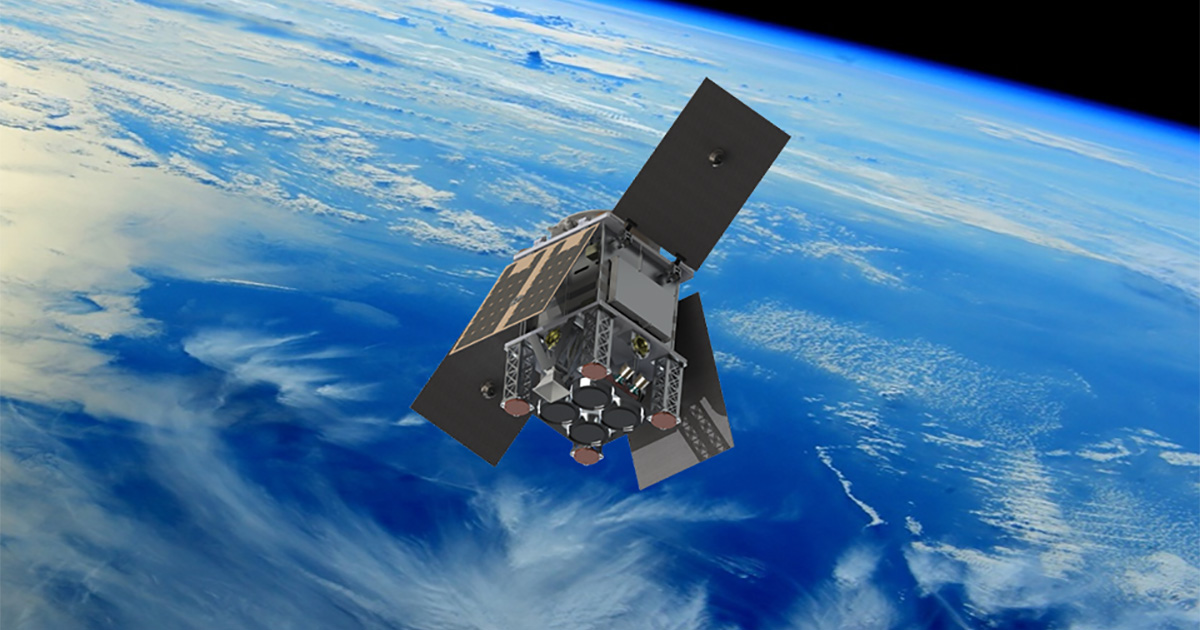The pioneering HydroGNSS mission concept has been selected by the European Space Agency (ESA) as its second Scout mission, a new program aiming to deliver innovative science and technology through a novel agile framework embracing the concept of New Space.
The National Oceanography Centre (NOC) has co-led ESA HydroGNSS since the very beginning as part of the original proposing team and is currently leading the development of two of the operational HydroGNSS processors. This key outcome will generate a wealth of new environmental data to be made freely and publicly available to a wide user community including policy makers, academia, industry and the general public.
Courtesy of its state-of-the-art technology, unprecedented sensor performance and global coverage, ESA HydroGNSS will provide a unique view of our oceans using an innovative technique called GNSS-Reflectometry based on reflected navigation signals. NOC scientists are playing a critical role in the mission by calibrating satellite data and translating these into essential climate variables such as ocean winds and sea ice extent that are key to improving our understanding of our environment and quantifying human impact on climate change.
Giuseppe Foti, NOC’s Principal Investigator of the ESA HydroGNSS mission said: “HydroGNSS is an ambitious international project offering a clear opportunity for further strengthening collaboration between intergovernmental organisations, industry and science partners across Europe and beyond, whilst at the same time demonstrating our growing ability to deliver new science in a cost-effective and agile manner”.
ESA has recently given its go-ahead to a second identical satellite to be launched to form a HydroGNSS constellation supporting even more frequent and accurate global monitoring of our planet. This announcement comes after over 20 years of collaborative development between NOC and HydroGNSS partners including Surrey Satellite Technology (UK), Sapienza University (Italy), University of Tor-Vergata (Italy), CNR-IFAC (Italy), IEEC (Spain), FMI (Finland), University of Nottingham (UK) and TUW (Austria).
With the development of the first HydroGNSS satellite already underway, this second twin satellite will now be built in parallel so that they can be launched together with lift-off planned for 2024.
This mission expands use of satellite data in environmental monitoring, management and research, thus increasing the capacity of marine science to provide information in support of the Sustainable Development Goals.



